Jul 25, 2015
Enigma of the Convento de Cristo
Strategically placed on a hill and overlooking the town while remaining near to River Nabão, the Castelo de Tomar is an imposing figure, protective over the Convento de Cristo, as both constructed were under the watchful eyes of Gualdim Pais and set to be the seat of the Knights Templar in Portugal. Today a designated UNESCO World Heritage Site, the air of mystery is abound within the walls of the castle and the convent, alongside interesting Templar and Manueline architecture – with hints of Moorish and Gothic influence – to feast our eyes upon.
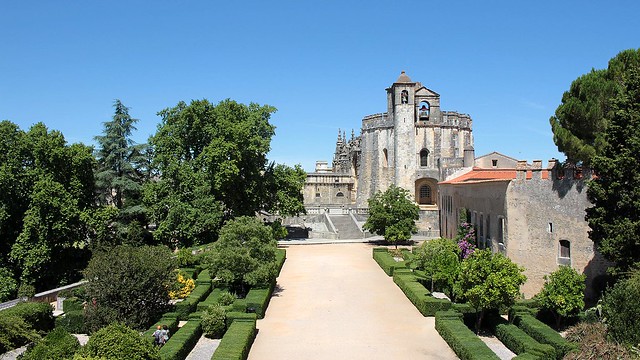

The castle, expectedly, forms the defence system which in the past, secured the Christian Kingdom which was advancing from the north against the Moors which reigned supreme in the south. The outer defensive wall has sloped lower half and round towers to make it more difficult to attack. When the citadel within reached its capacity for residency, dwellings outside the walls were built, which gave rise to Tomar. As you can imagine, it’s now a relatively easy walk between the town and the castle.
Within the castle walls, it is the Convento de Cristo that garners acclaim for its unique architecture, thanks to constructions which spanned several centuries with one style added onto another. Its Rotunda is emblematic of Templar architecture, modelled after the Holy Sepulchre, or according to others the Dome of the Rock. The central drum is octagonal while the outer walls contain sixteen sides. The Rotunda, recently restored, dazzled with its stuccoes, decorative painting, geometric motifs, arches and sculptures.

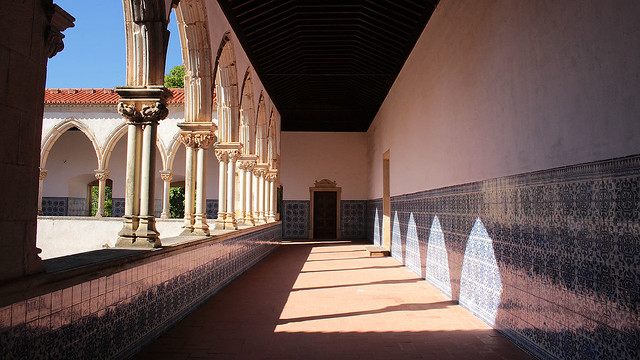
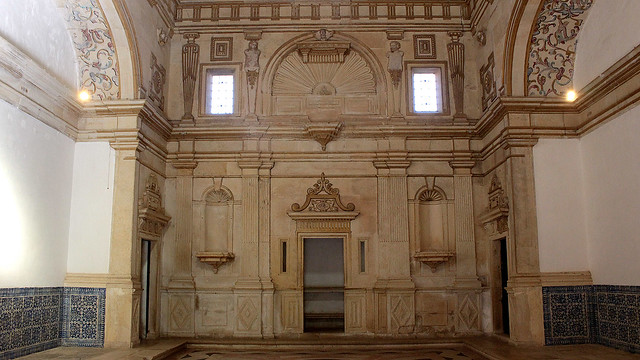
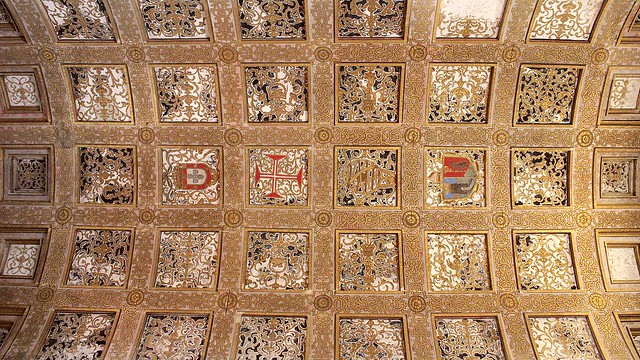
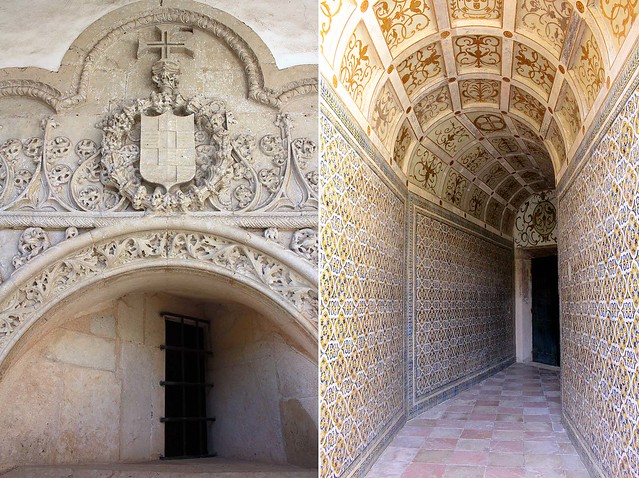
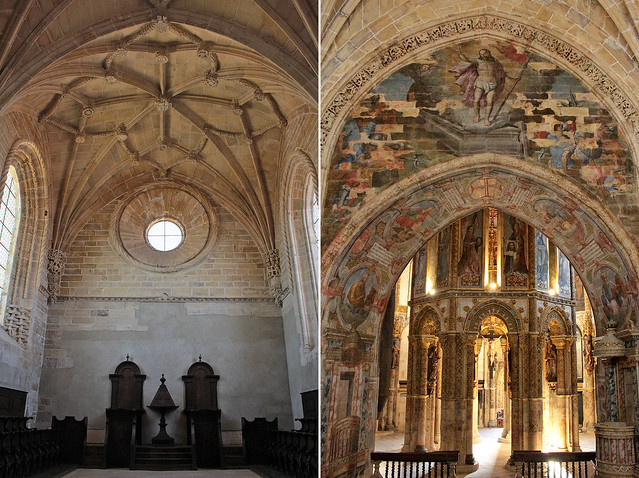
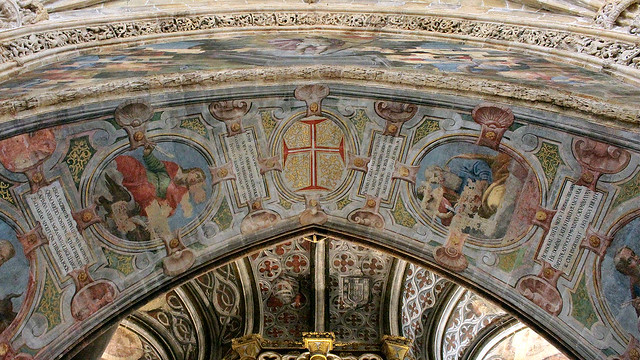
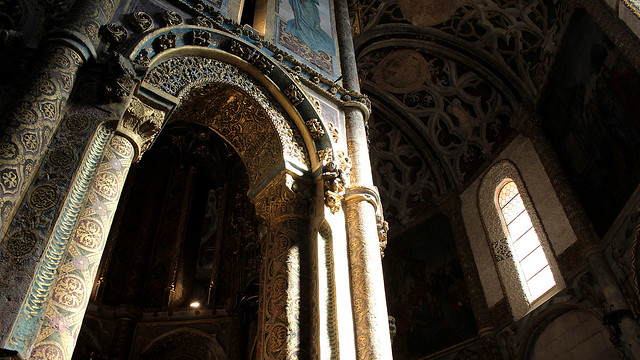
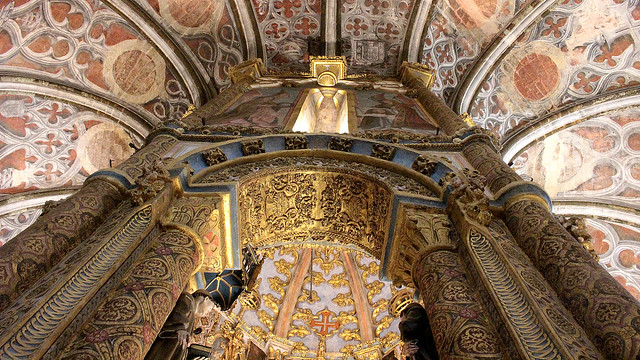
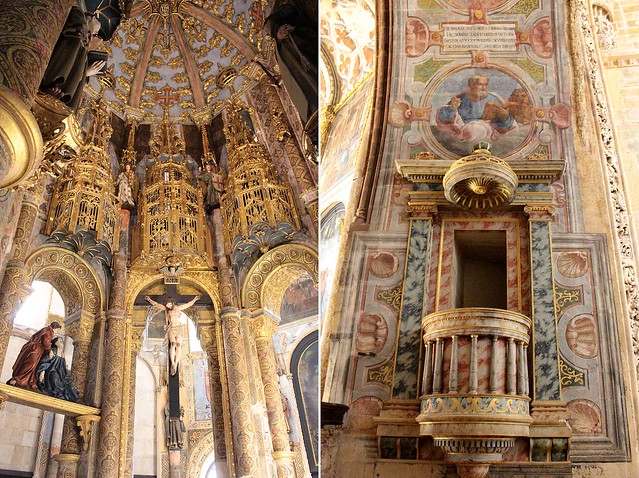
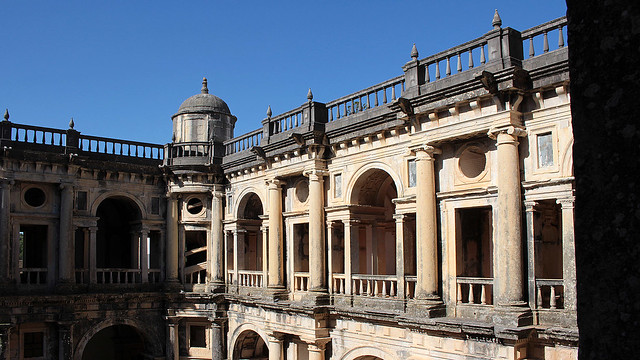
Walking around, we also visited – well, more like getting lost within – the eight cloisters of the convent, admired the varied features that ornament the complex including the oft-depicted chapterhouse window, contrasted the richly-decorated church with the austere dormitories of the monks, and generally let imagination brought us back in time when the Knights Templar were held in esteem.
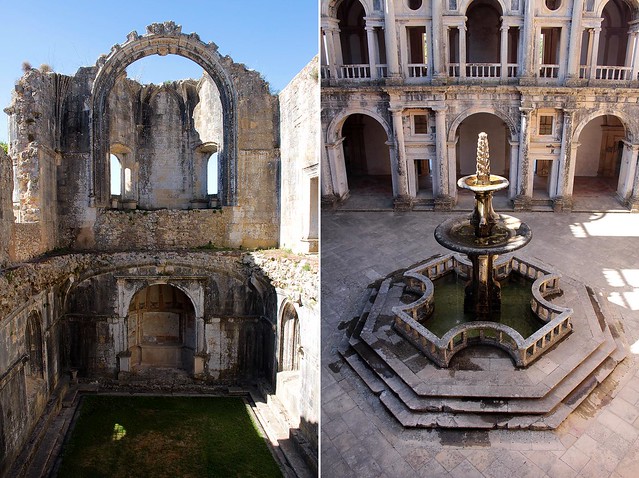
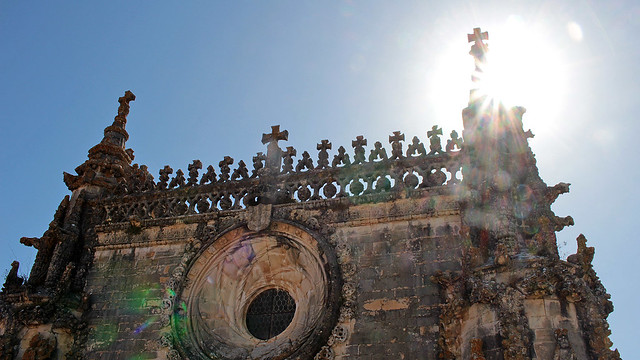
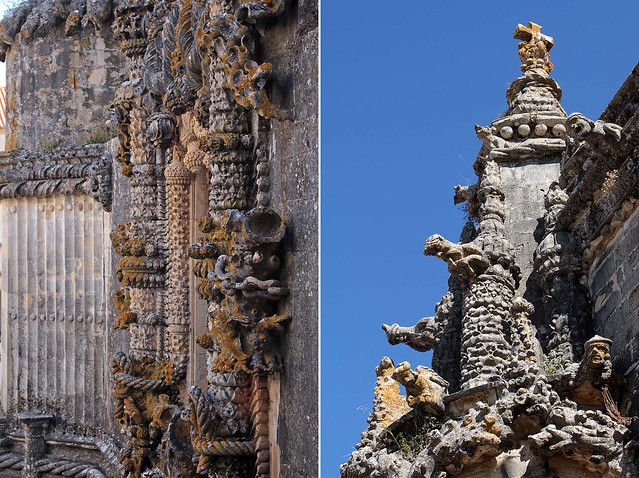
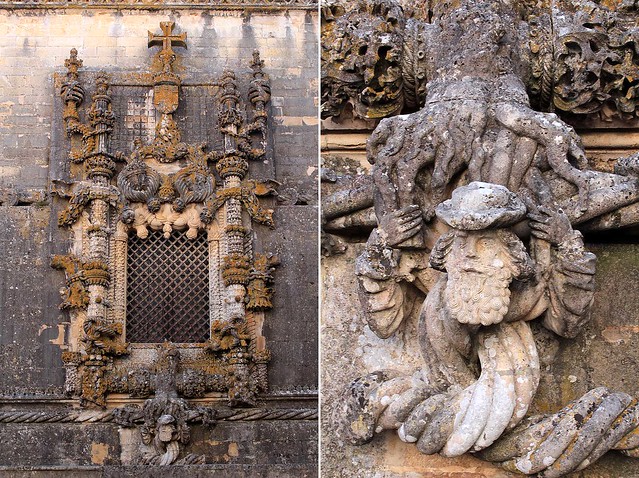

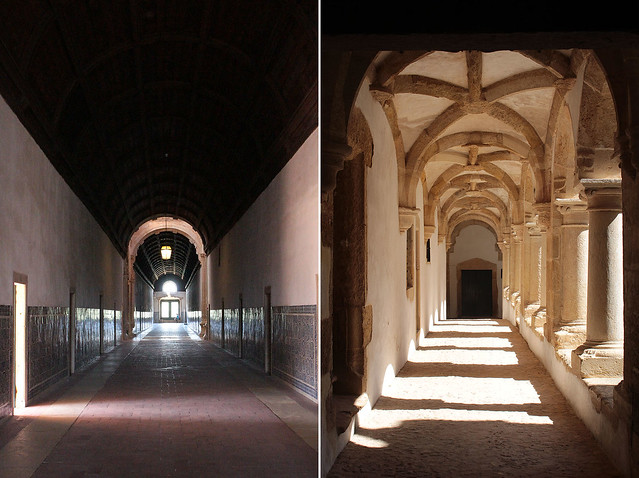
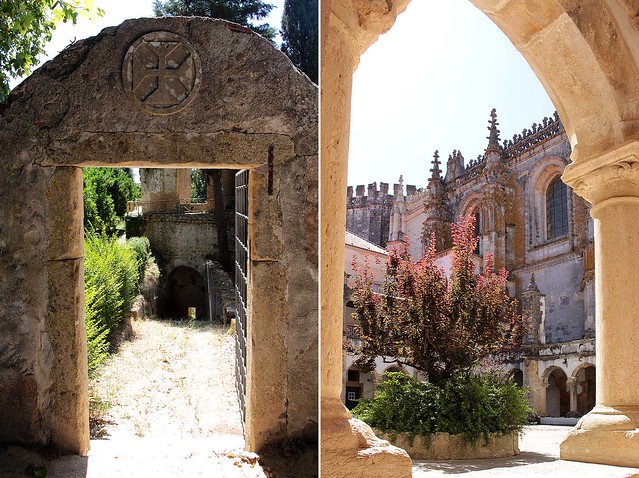
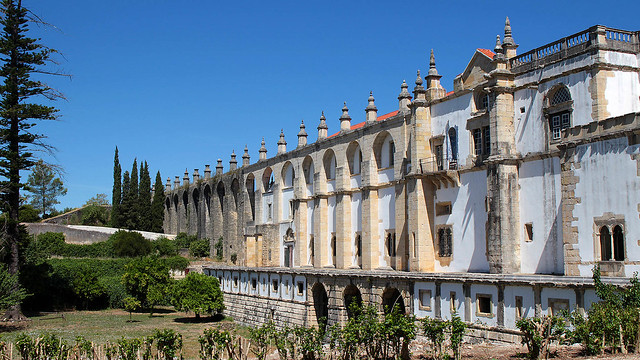
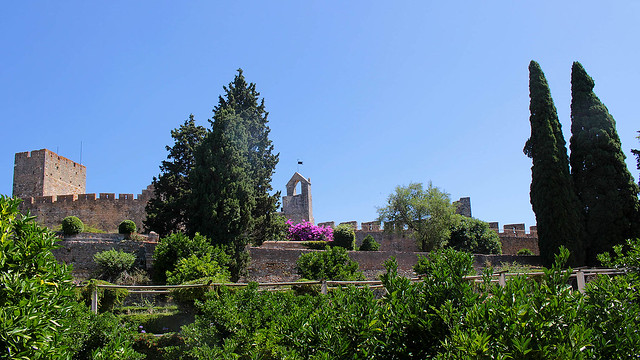
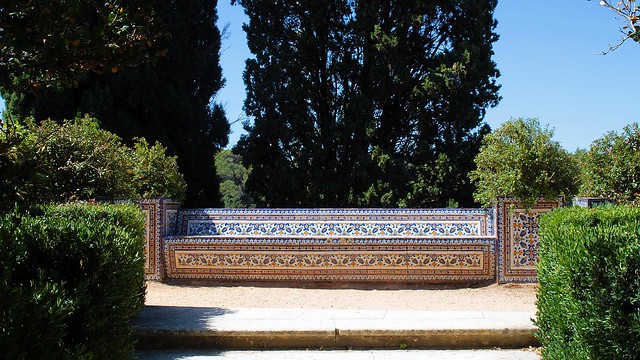
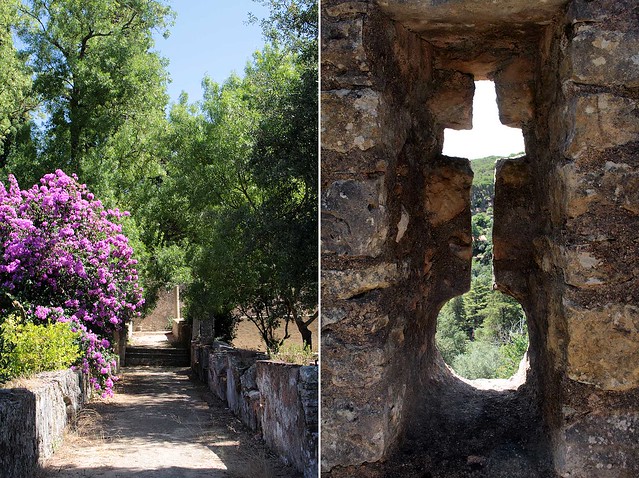
The gardens within today’s castle walls are also worth spending some time in. It was while walking the walls that we spotted the ancient aqueduct that used to channel water from Pegões along a length of about 6km, via storage tanks in Mata dos Sete Montes adjacent to the castle – a lovely spot to walk, actually – and was awed by the cleverness in Early Modern engineering despite not having the technological advances that we enjoy today.
The castle is open daily (except certain main holidays) and its walls free to walk, while a €6 entrance fee applies at the convent (free on the first Sunday of the month!). There used to be an entrance to access the castle from the Mata dos Sete Montes but it has been closed off.
Convento de Cristo: photoset on Flickr













Makes you wonder how it really was during its former glory days eh…guards, royalties, ministers, servants etc hoohoo
Hmmm, not sure if there would be royalties among the Knights Templar… they were recognised like a religion order (or so I understood) but then there have been so much said about them in popular culture that may or may not have been accurate!